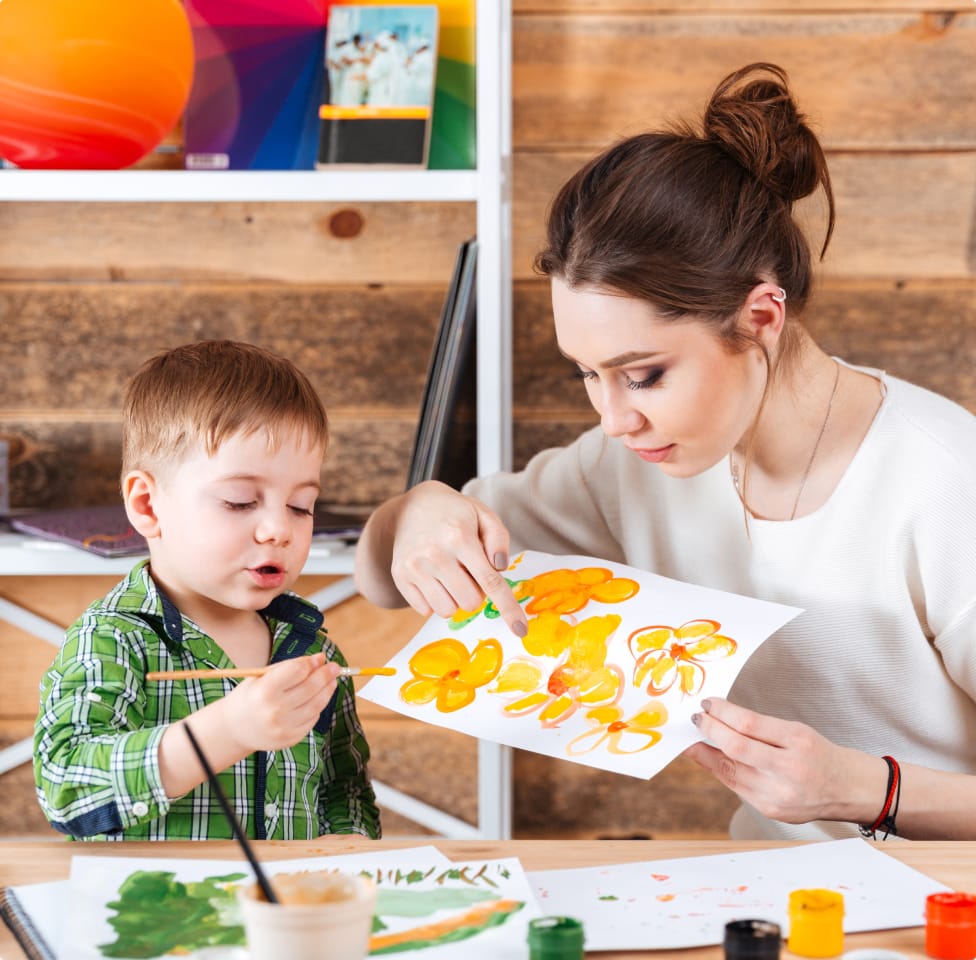Art Therapist

Personal Connection
- Are you passionate about art?
- Do you want to use your passion for art to help others heal?
- Do you care about working with people to make a difference in their lives?
- Are you patient, understanding, and compassionate?
- Do you find yourself making art when you’re stressed or overwhelmed?

Other Connections






STEM Connection
Art therapy goes digital:
Creating art therapy technology for the elderly:
Virtual reality offers immersive art therapy:
Art therapy? There’s an app for that:
Journeys to Becoming an Art Therapist
When Amy Johnson Maricle was in high school, she knew that she wanted to pursue something related to psychology and the mind-body connection, but did not know exactly what that would look like. She enjoyed learning about other languages and cultures and first got her start in helping professions as a human rights activist.
She spent her free time doing her own art and inner exploration until she came across a book about art therapy. Once she read that book, her path forwards as an art therapist became clear. She went back to school for an MA in Expressive Therapies where she learned how to use her artistic experience to help others process their trauma.
Amy currently runs her own private practice where she works primarily with women and girls to overcome trauma and build self-esteem through art. She emphasizes that you don’t have to be creative to thrive in art therapy – it’s just about being willing to take risks and try new things.
Read more about how Amy got started in art therapy here.
Read about this woman’s journey to become an art therapist:
Cara Levitt has always been a self-described artist. When she visited an older friend who was pursuing a degree in art therapy, she was hooked. Cara followed in her friend’s footsteps and chose to study both psychology and fine art in college in order to best prepare herself for a career as an art therapist. After college, she attended a specialized graduate school in order to get her degree in art therapy.
Cara prefers art therapy because many clients who are uncomfortable sitting on a couch and talking through their trauma are able to process their feelings better via creative expression. Cara currently has a private practice where she uses art therapy to help clients overcome eating disorders and says that “making art can become a great coping strategy and a way for them to communicate with others/family members about what they are really feeling.”